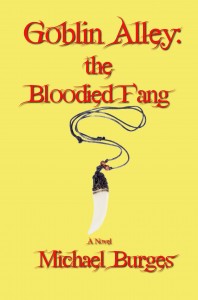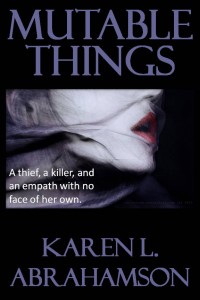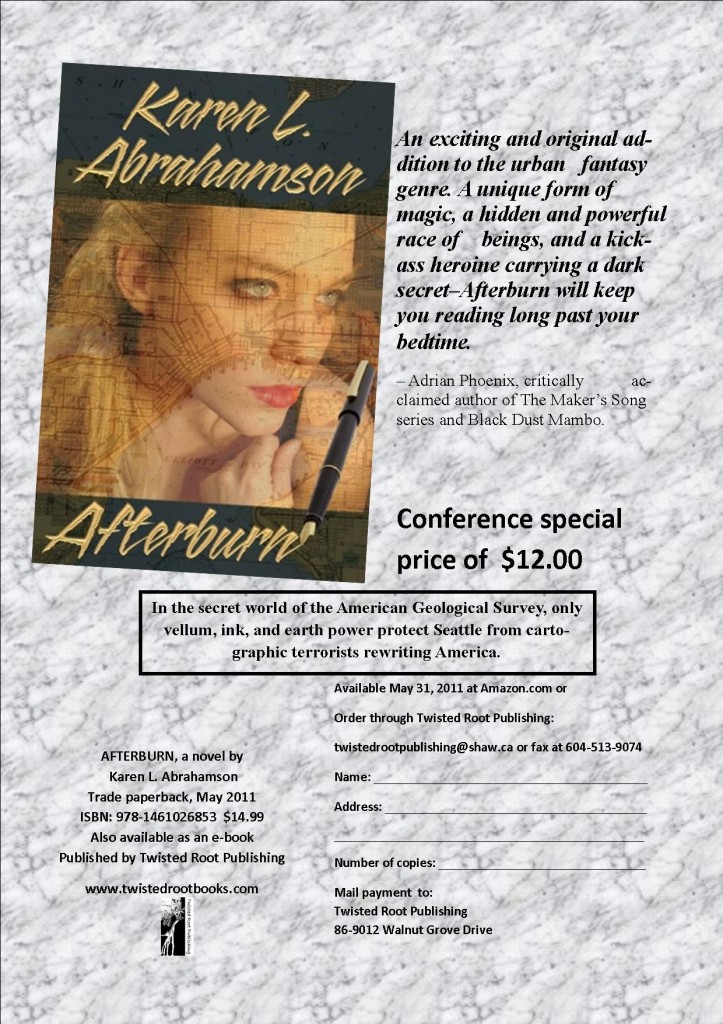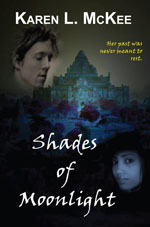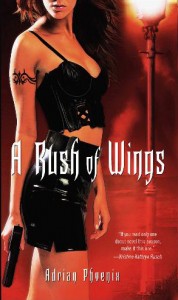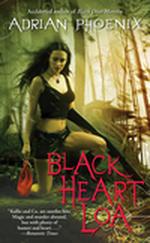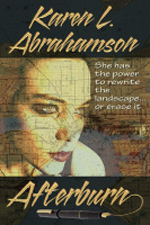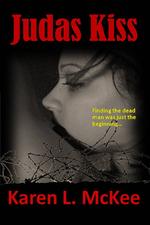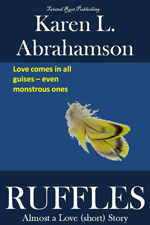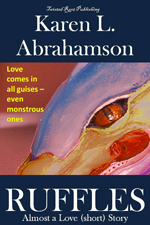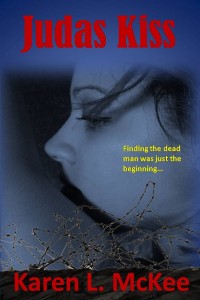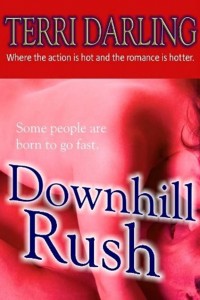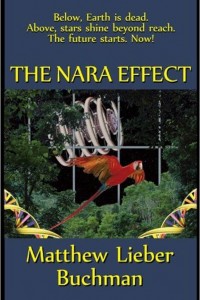Living like a Writer: Guilt, and How I Spent My Summer Vacation
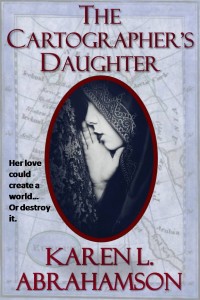 This past summer I had the ‘interesting’ experience of living like a writer. My day-job contracted work dried up and I basically had no work for July and August – except my writing. Nothing to do except sit in the sun, walk my cats (yes, on a leash), and the business of writing. Sounds like a lovely dream, doesn’t it? Yes, it was, but it also involved a heck of a lot more discipline and work than most people would have thought. And that’s why I’m writing this post because living like a writer isn’t just sitting staring out a window and typing when inspiration strikes, the business of being an independent writer requires deadlines and non-writing work and most of all, an awful lot of self talk. So what did my writing summer entail?
This past summer I had the ‘interesting’ experience of living like a writer. My day-job contracted work dried up and I basically had no work for July and August – except my writing. Nothing to do except sit in the sun, walk my cats (yes, on a leash), and the business of writing. Sounds like a lovely dream, doesn’t it? Yes, it was, but it also involved a heck of a lot more discipline and work than most people would have thought. And that’s why I’m writing this post because living like a writer isn’t just sitting staring out a window and typing when inspiration strikes, the business of being an independent writer requires deadlines and non-writing work and most of all, an awful lot of self talk. So what did my writing summer entail?
1. Setting Goals – I knew in June that my contract work was going on hiatus, so I spent some time planning. I also (thankfully) spent a wonderful few days at the Think Like a Publisher workshop put on by Dean Wesley Smith and William Scott Carter where I developed an even more detailed set of goals for my summer. The thing that was interesting for me, is that the plan wasn’t rocket science and yet I’d had a heck of a time setting as detailed a plan for myself. Critical to the goals was making sure there was time for both writing and the business of writing. Setting this plan was as simple as creating two columns on a piece of paper, one with the writing goals and one column for the business of writing goals. The writing goals came first, but just having all the goals written down gave me a sense of clarity and I could plan my months ahead easily.
2. Setting up a schedule- I’m used to this, because being self employed, if I don’t set up a schedule things like my writing will never get done. My summer writing schedule involved getting up every morning and writing for at least two hours and possibly more depending on what I was working on, or where I was in the project. The schedule also built in reading time, exercise, social time and the BUSINESS.
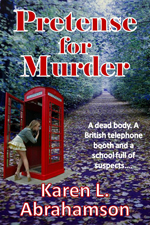 3. Learning the Technology – As I’ve ventured down the self-publishing road, I realized I needed to understand a lot more than how to structure a novel. I needed to know better how to format and publish books both in e- formats and also for print on demand. That meant learning how to use not only electronic publishing formats, but also how to use programs like InDesign and Photoshop with more ease.
3. Learning the Technology – As I’ve ventured down the self-publishing road, I realized I needed to understand a lot more than how to structure a novel. I needed to know better how to format and publish books both in e- formats and also for print on demand. That meant learning how to use not only electronic publishing formats, but also how to use programs like InDesign and Photoshop with more ease.
4. Learning the Business – This involved delving into a number of different areas, from how to blog more effectively (still working on that), to how to connect with others on social media (yes, I finally started to use Twitter though I still don’t fully understand it), and marketing.
So now that September is here, it’s time to review how I did and what I learned:
I accomplished my writing goals for the summer which were to complete a novel started I started in June, as well as two novellas. (Unfortunately one of the novellas wants to grow up to become a novel, so back to the drawing board on that one.) What did I learn? That my proclivity to write long still haunts me, but I can still maintain a schedule of writing even when I’m also involved with the business. This was a revelation for me, as I have spent the last few years struggling to maintain my creativity while also keeping up with the soul-sucking process of traditional marketing.
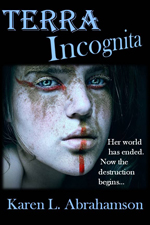 I accomplished my business goals as well: I had three novels that I wanted to have e-published as well as three short stories. All of these have been published. As well I wanted to have one novel published in print on demand. I actually achieved more than this and managed to have three novels approved and available for POD.
I accomplished my business goals as well: I had three novels that I wanted to have e-published as well as three short stories. All of these have been published. As well I wanted to have one novel published in print on demand. I actually achieved more than this and managed to have three novels approved and available for POD.
I updated my websites and found better ways to display my books. I established direct sales bookstores for my print publications and went through the hassle of obtaining ISBNs from the Canadian Government for my print books. I arranged for the development of a specialty website to fit with a series of fantasy books I write.
All of this filled my days so that aside from an hour or so exercise every day, I really wasn’t laying around in the sun. Better for my skin anyway, I suppose.
But perhaps the biggest accomplishment this summer was learning what it takes to be a writer, both financially and mentally. Financially, it meant that my spending had to cut right back, because I didn’t want to dig too deep into my savings. Mentally it meant that I had to recognize the legitimacy of what I was doing. I was writing. I was in business. But you know what? Even knowing that I was working at something all day at least five days a week (and usually seven) I still experienced a strange phenomenon: Guilt.
 Guilt that I could be doing something I loved so much, while everyone else still had to go to work. And I wasn’t on vacation! Now that it’s September and my contract work is back in full swing, I really would love to go back to dealing with that guilt again. Now to set goals for the winter (and hope my contract work dries up again next summer).
Guilt that I could be doing something I loved so much, while everyone else still had to go to work. And I wasn’t on vacation! Now that it’s September and my contract work is back in full swing, I really would love to go back to dealing with that guilt again. Now to set goals for the winter (and hope my contract work dries up again next summer).



